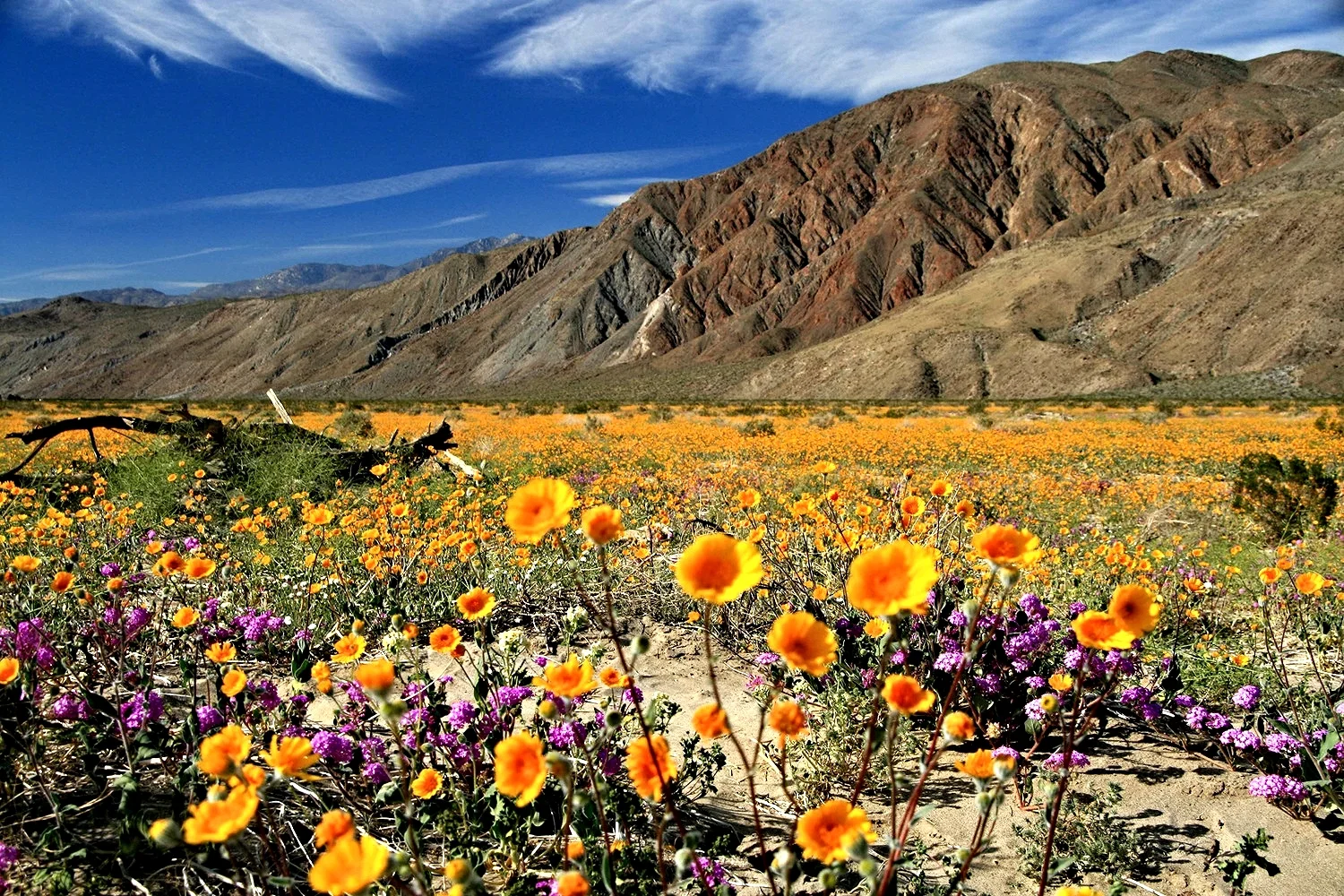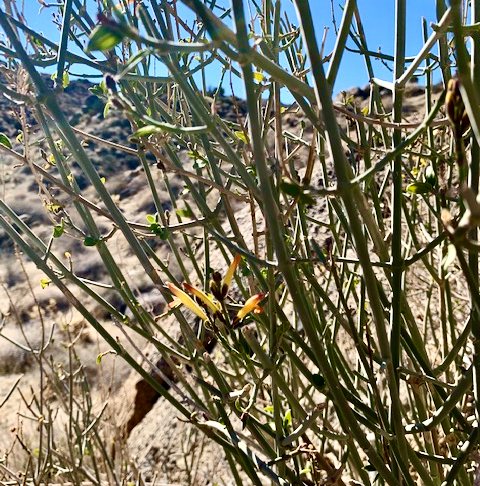FREE PUBLIC TALK: "A Look Back" at ABDSP's 90 year history with a focus on the Paleontology and Botany Societies
/Date, time, location:
Monday, January 8th 2024 at 10am at the Steele/Burnand Anza-Borrego Desert Research Center (UCI Reserve)
The creation of Anza-Borrego Desert State Park, California’s first desert preserve, has a history that begins before its actual establishment in 1933. The story of this park has always been about protecting desert resources not only for future generations to enjoy but also for continuing scientific study. It is the story of visionaries that created both management systems and voluntary organizations that make the park what it is today. This presentation gives an overview of the park’s history while focusing on the efforts of two of its scientific societies that have contributed to the understanding of the resources found in the park.








